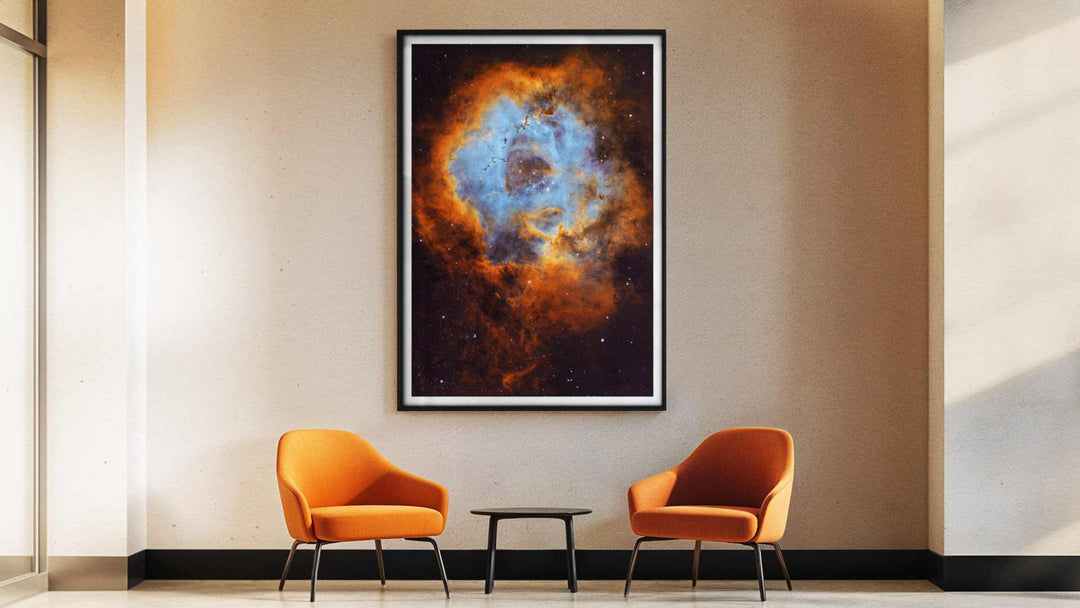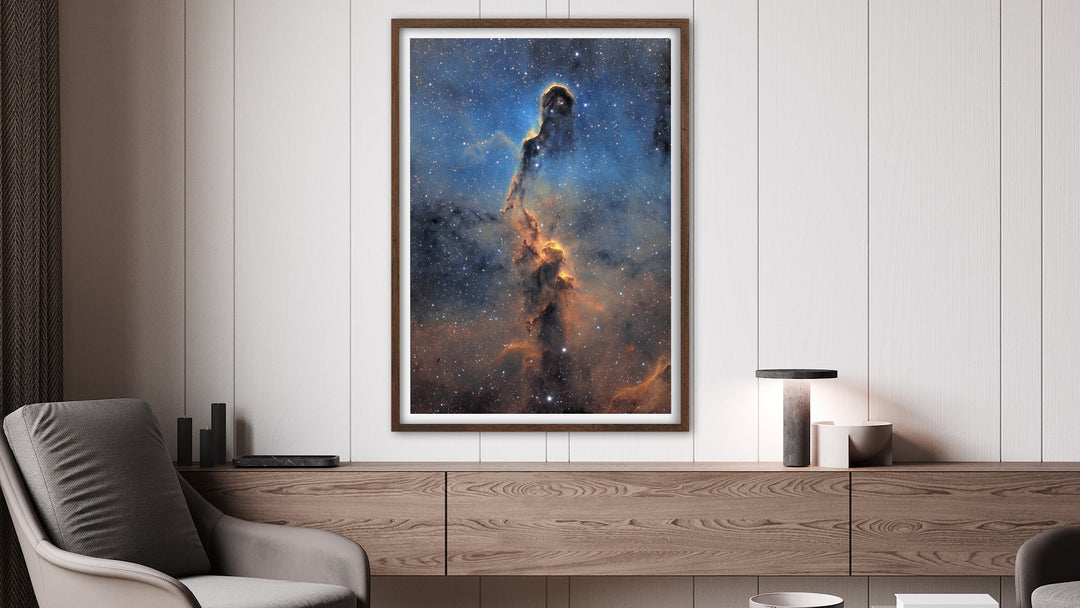
A veteran of astrophotography who has been actively exploring this field for over 20 years. He specializes in photographing deep space objects and information design. He travels the world looking for the last virgin places not polluted by civilisation's light.
His earlier career was directly related to graphic design and art direction, therefore he also develops the Astrography Creative Studio - design department blending science, art and information design into spectacular products that promote science through inspiring beauty of the cosmos. He is the founder and head of Astrography - a central place for people who love space and its exploration.
Może Ci się również spodobać
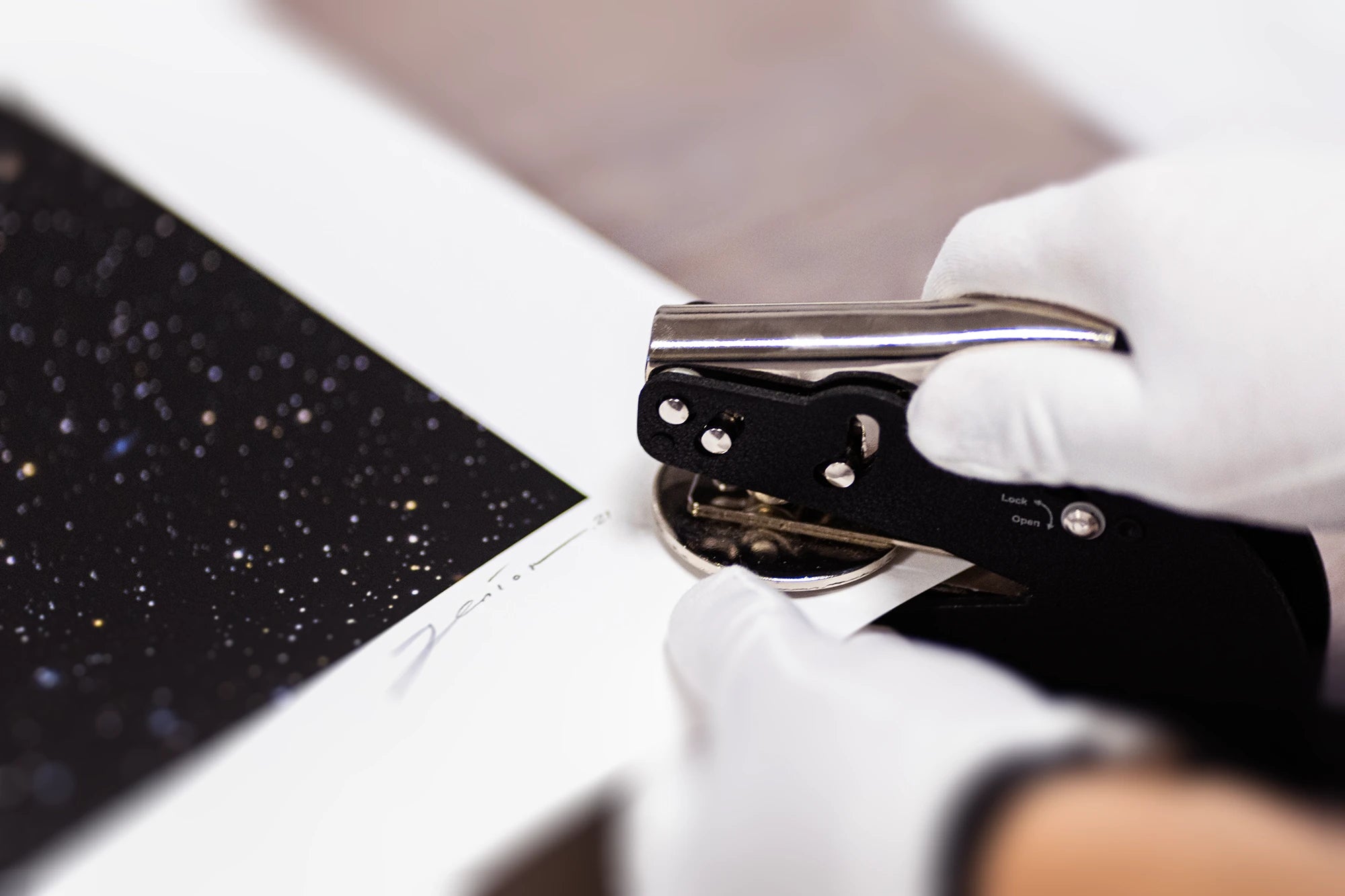
Produkt
Doświadczaj Kosmosu jak nigdy dotąd
Korzystamy z tych samych technologii i drukarek, które stosuje się w renomowanych galeriach sztuki i muzeach. Każdy wydruk przygotowujemy na zamówienie, a cały proces i materiały zapewniają wyjątkową głębię koloru i trwałość na lata.
Odkrywaj Kosmos razem z Astrography™
Dołącz do grona Super Zadowolonych Klientów!
Jesteśmy wdzięczni naszym Klientom! To dzięki Wam - Waszemu wsparciu i zaufaniu - jesteśmy globalnym liderem w sprzedaży sztuki związanej z Kosmosem. Jest Was już ponad 30 000, a nasze printy podziwiane są już w ponad 70 krajach świata - a licznik się nie zatrzymuje! To Wy jesteście dla nas prawdziwym paliwem do działania 🚀
Poznaj Jesiona
Cześć, jestem Adam Jesionkiewicz. Kilka lat temu porzuciłem korporacyjną ścieżkę i zacząłem podążać za swoim marzeniem, czyli zanurzaniem się w zapierającym dech pięknie kosmosu. Astrography to nie tylko biznes. To miejsce łączące kosmos, naukę i sztukę. To sanktuarium dla każdego, kogo urzekają gwiazdy, planety, galaktyki i odkrywanie Nieznanego.
Kliknij tutaj, aby przeczytać wywiad z Jesionem na Insider.com
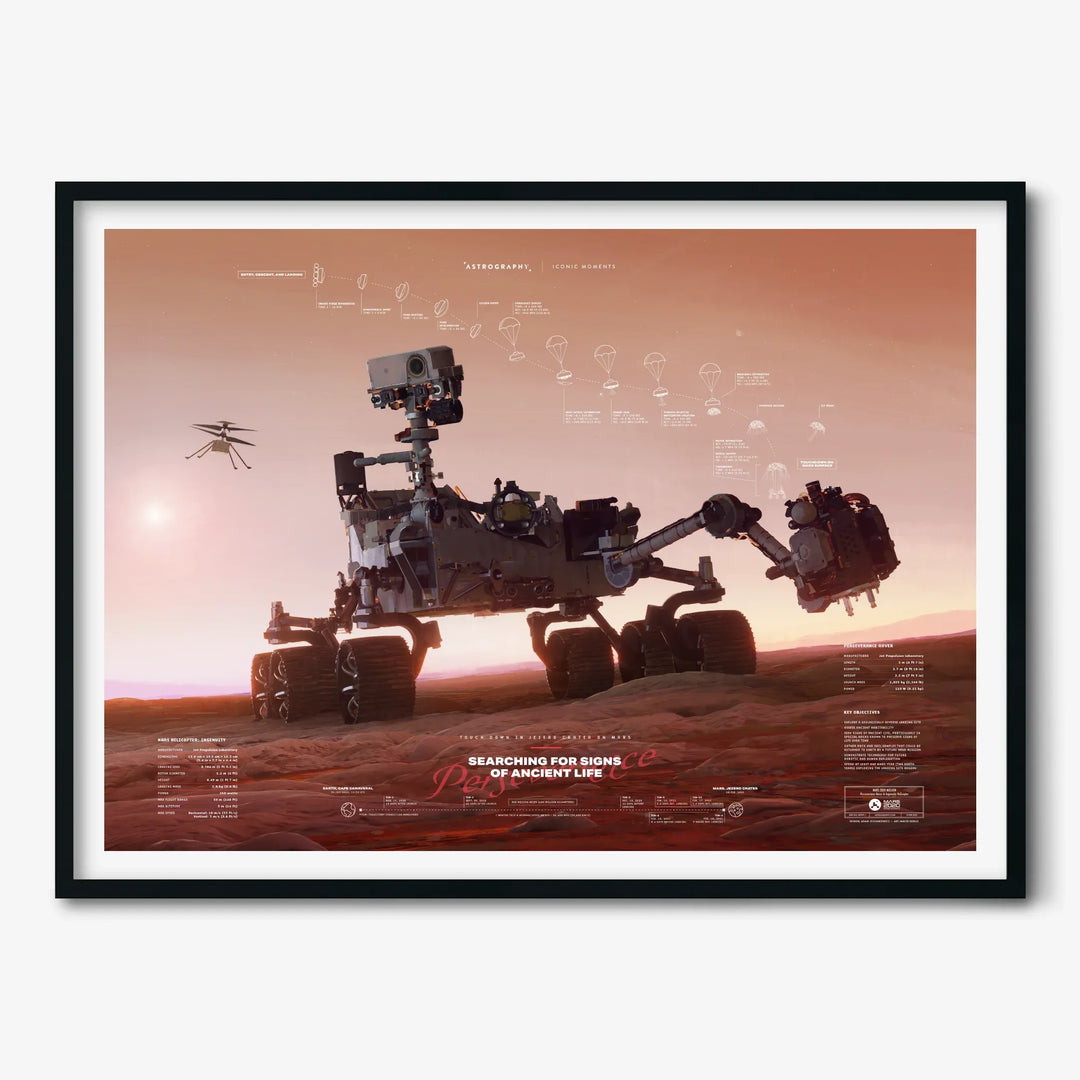
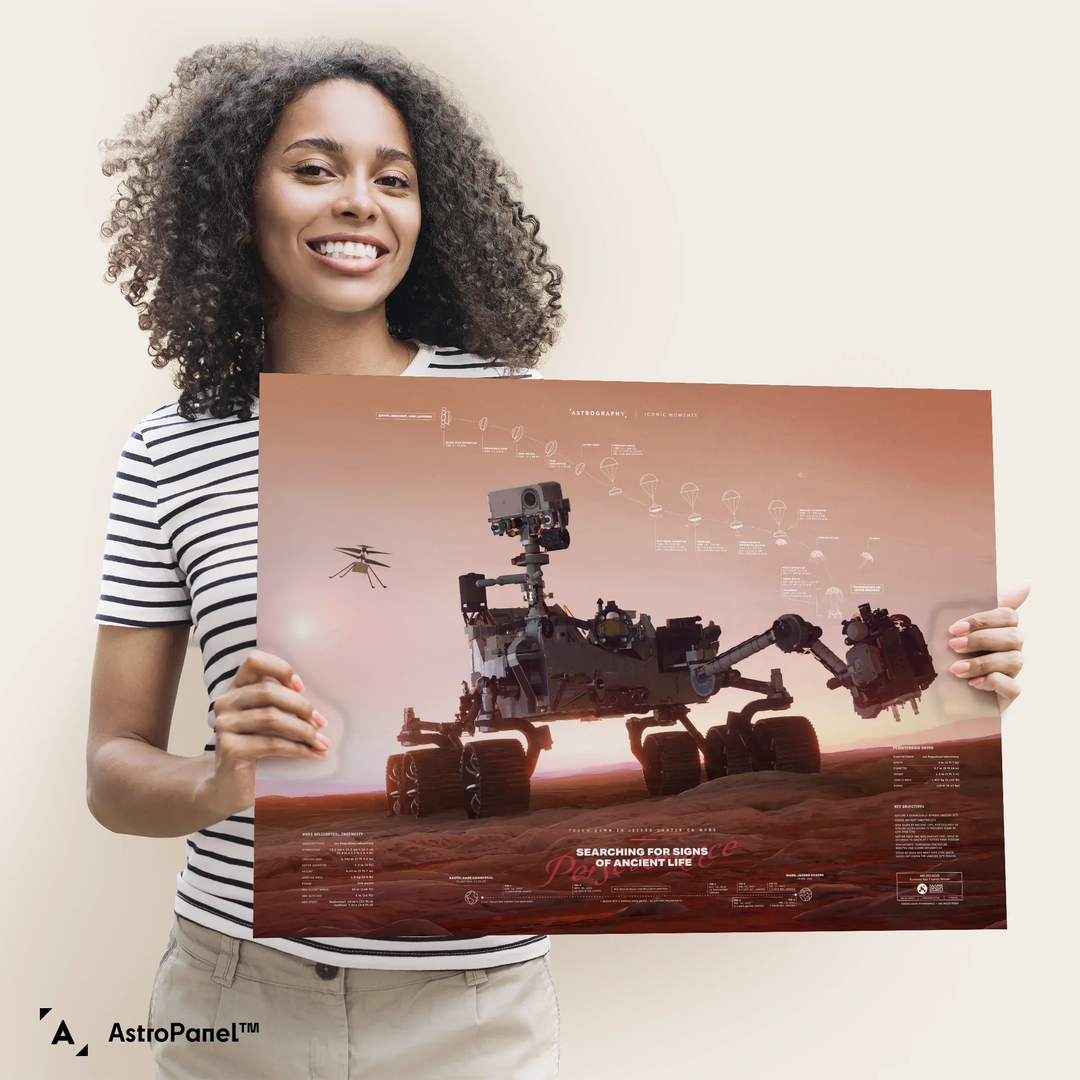
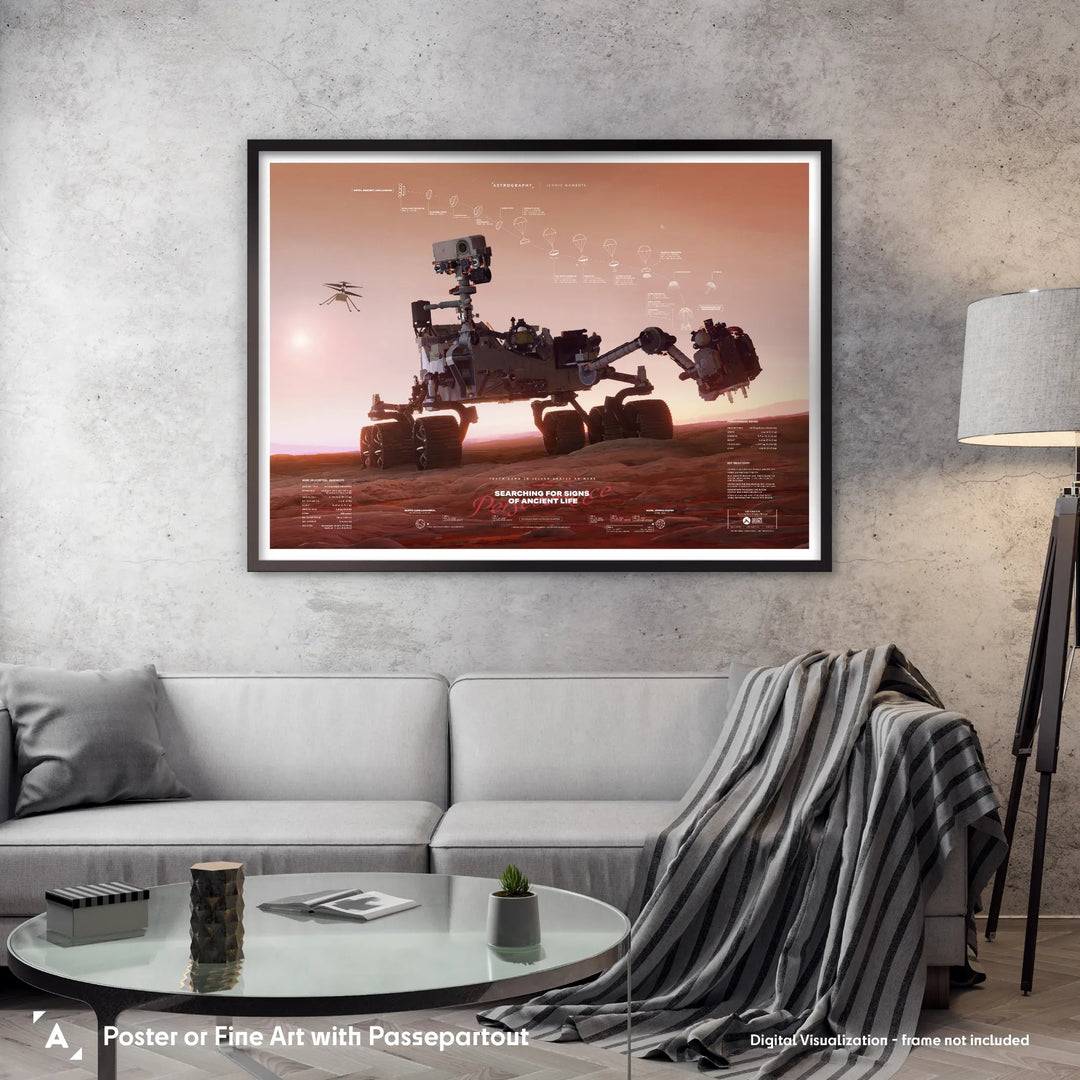
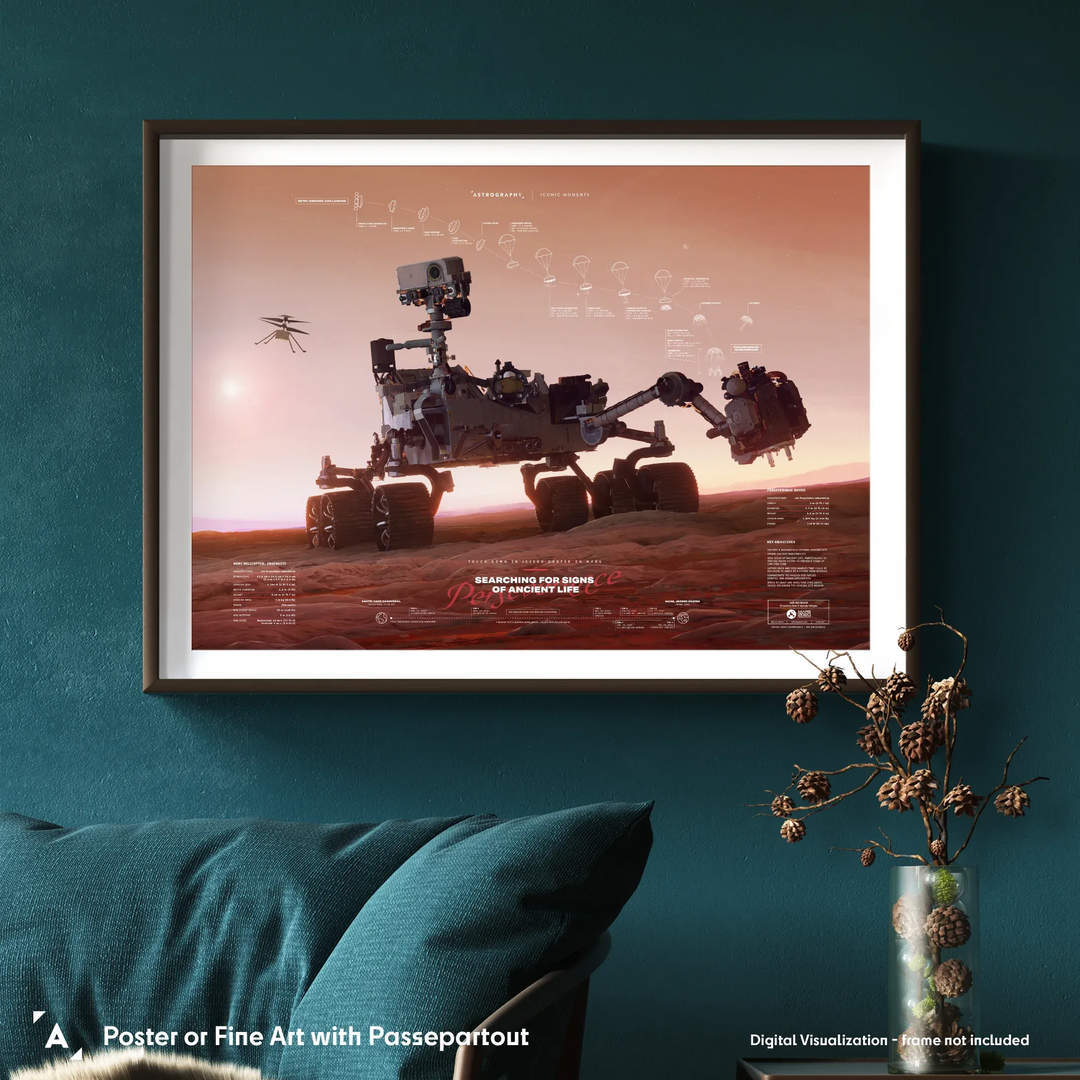
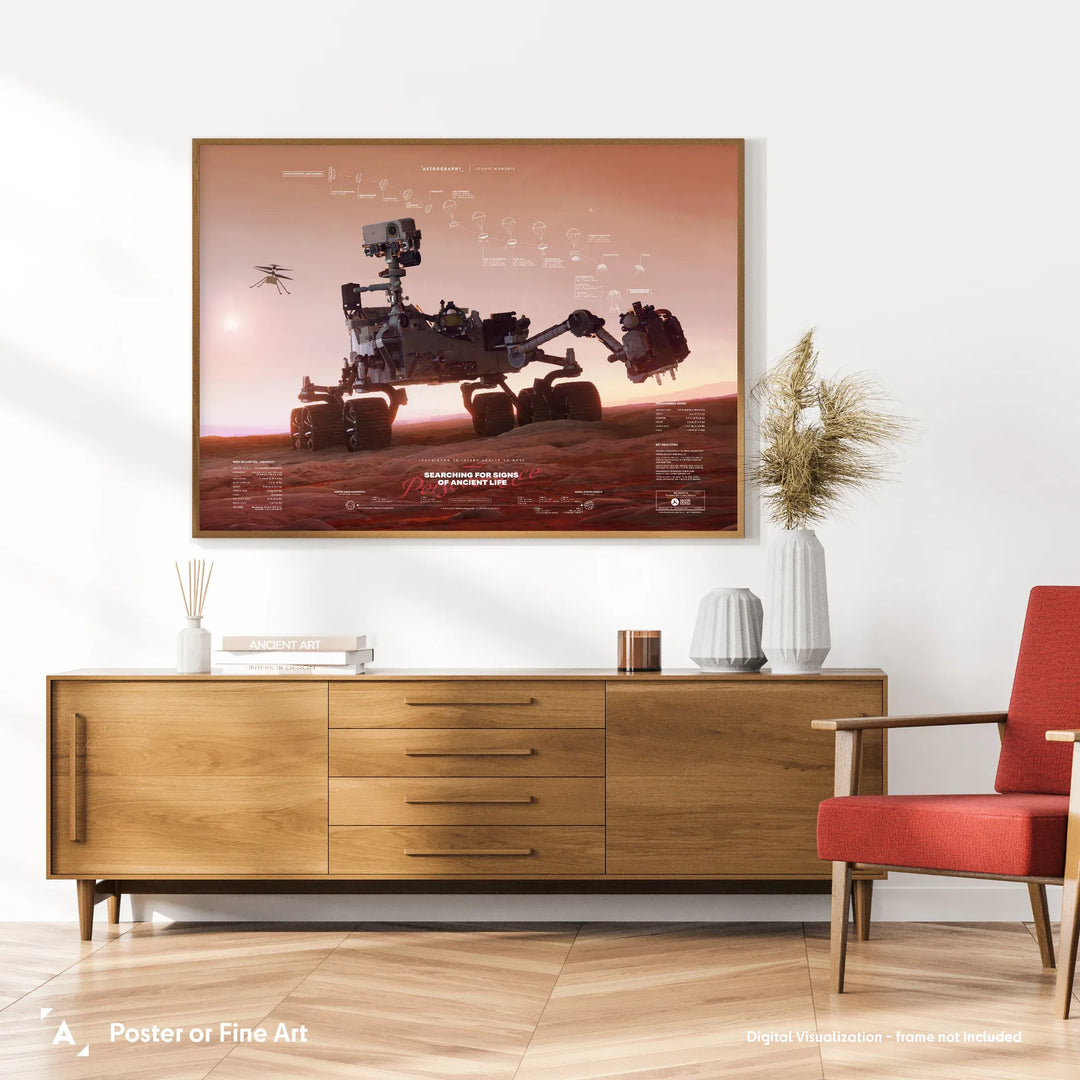
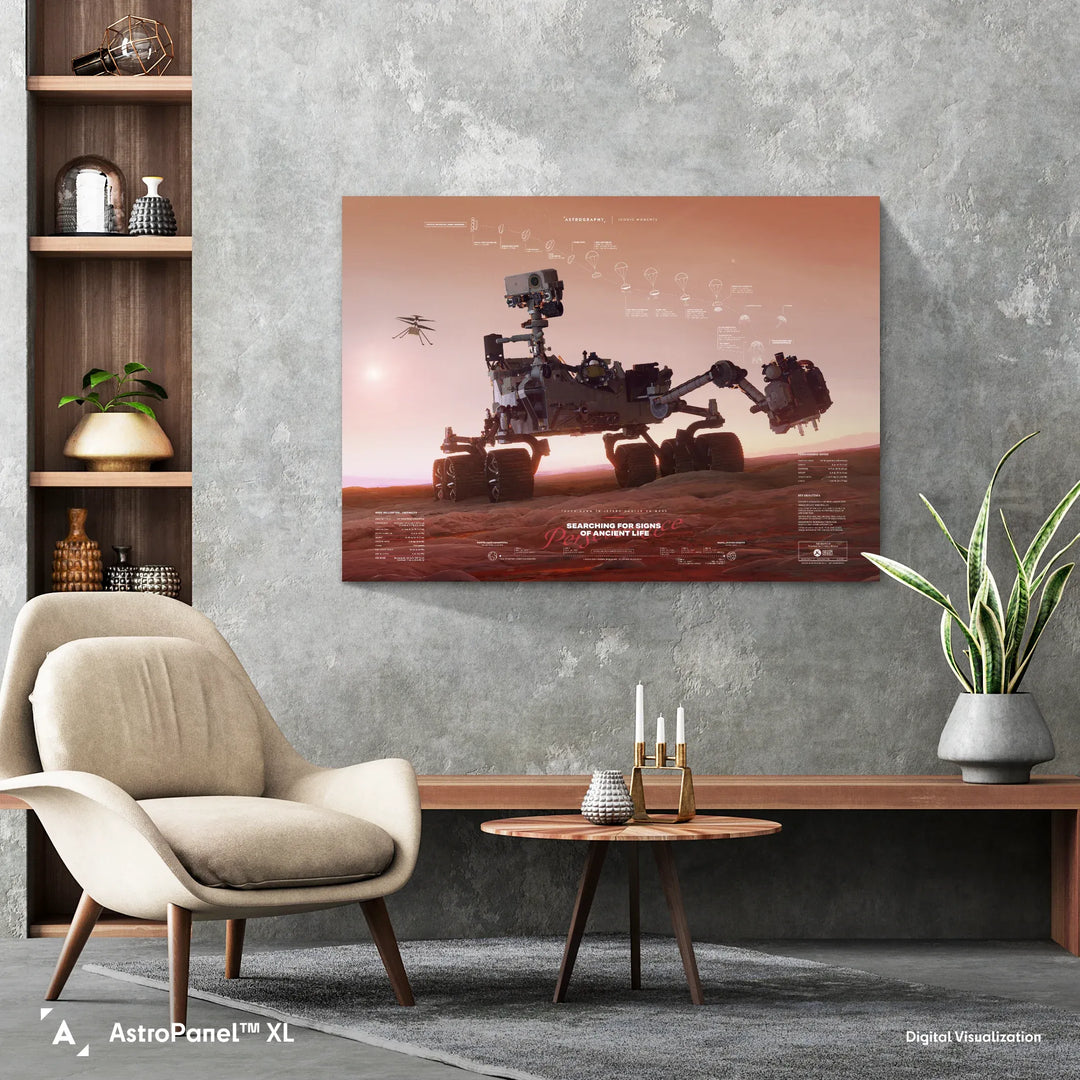
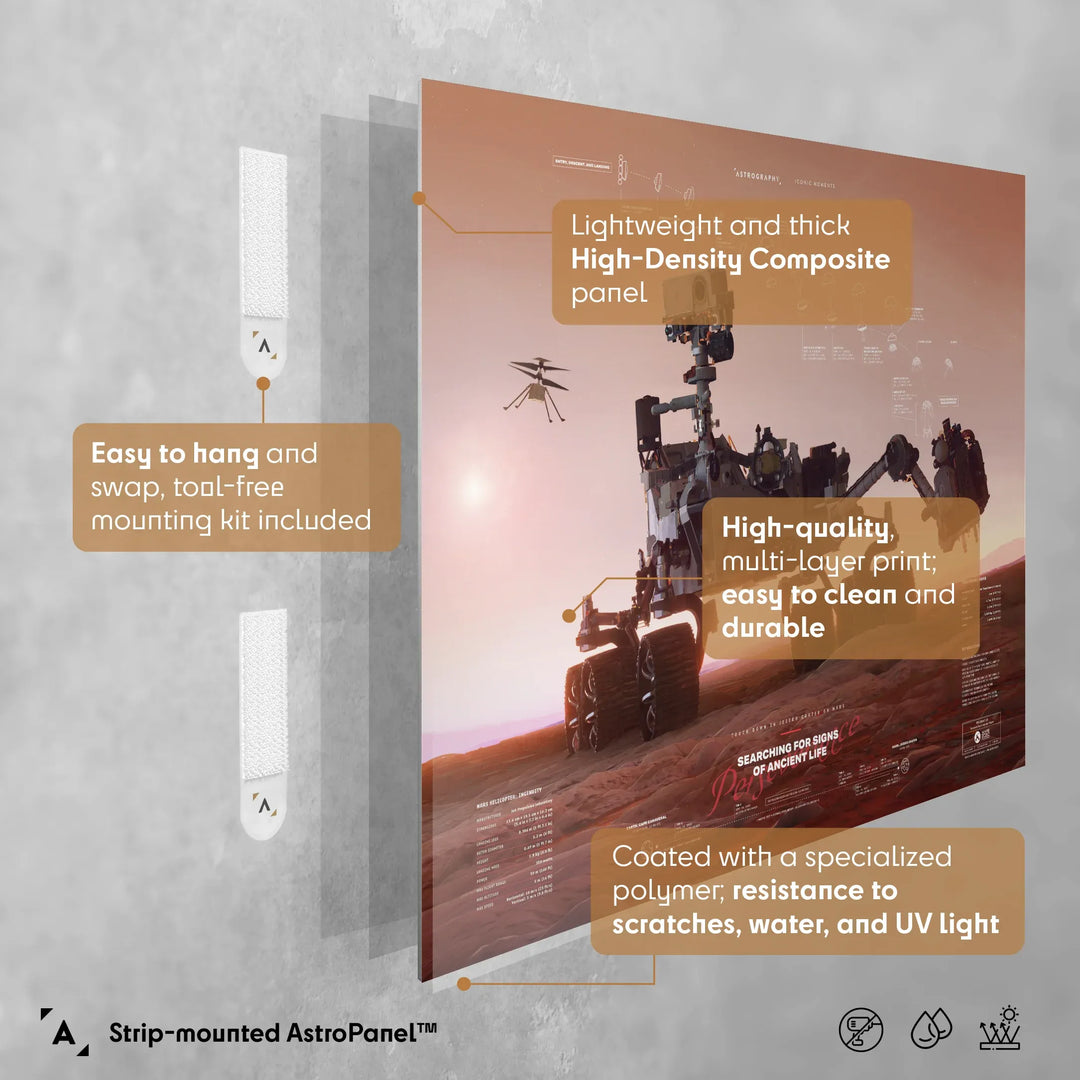
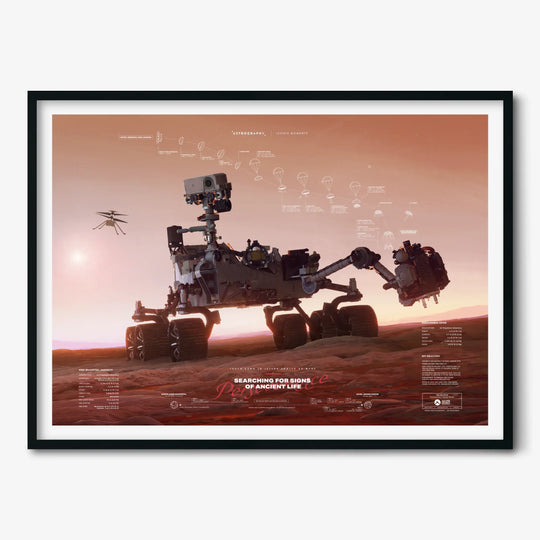
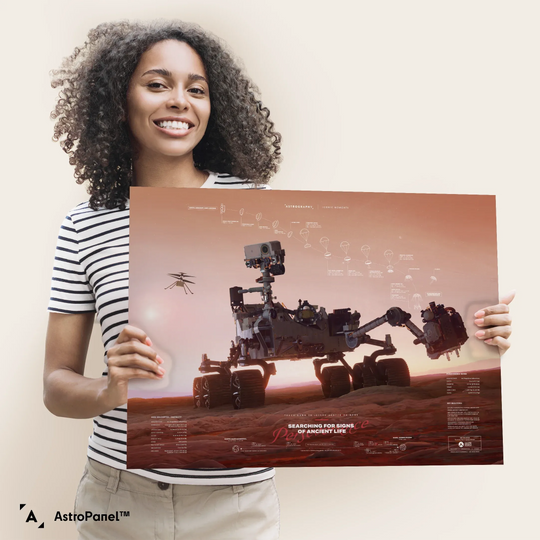
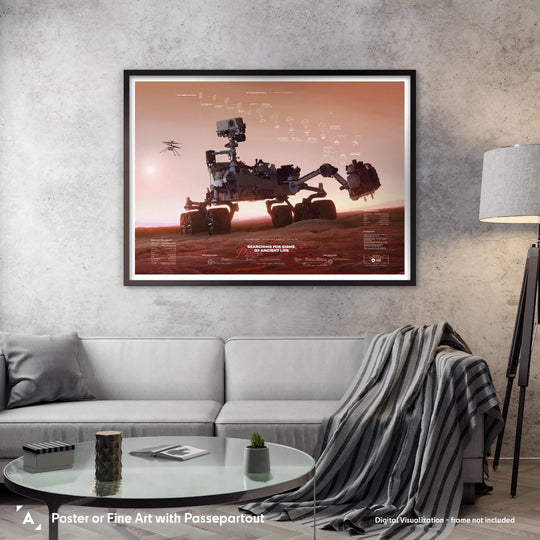
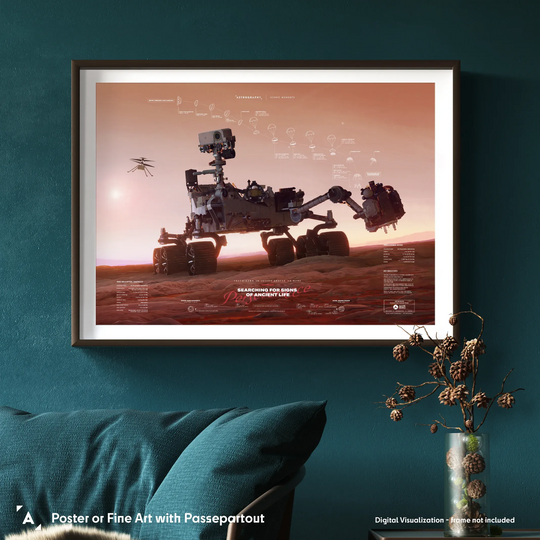
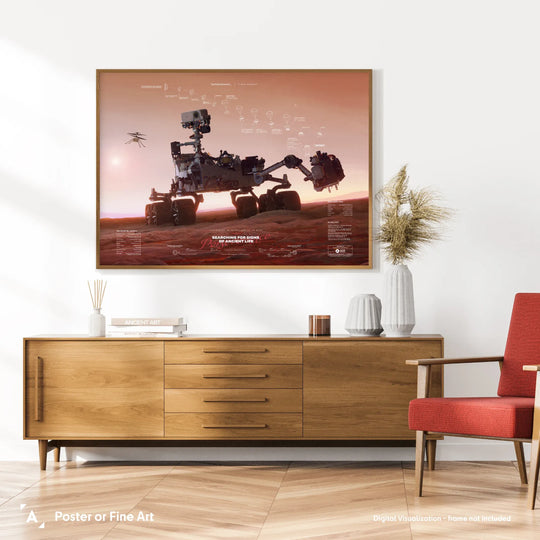
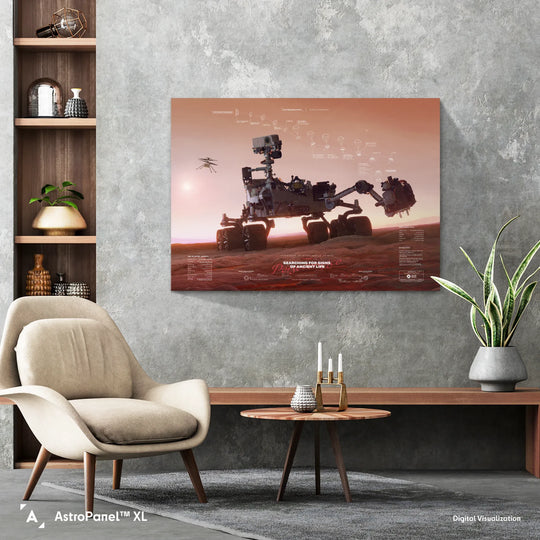
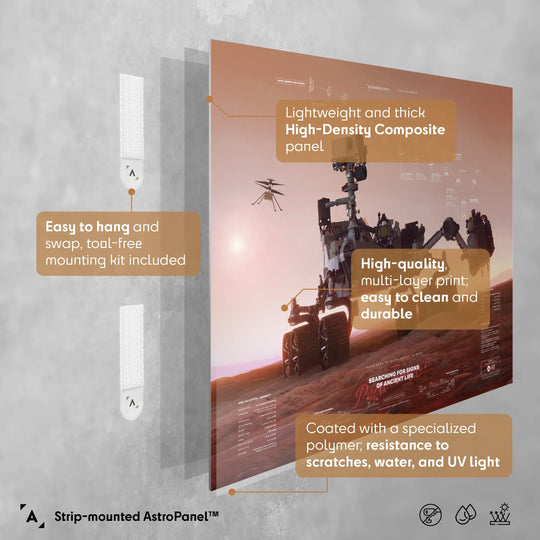


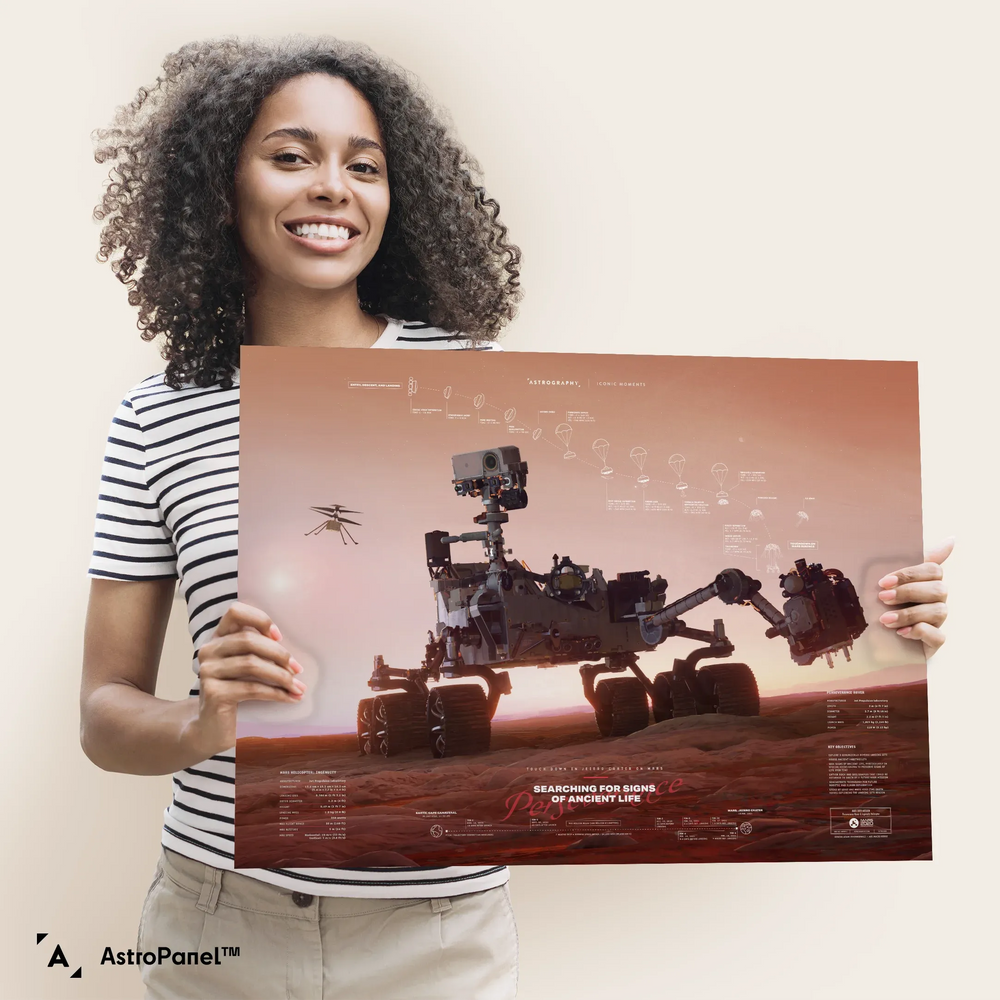
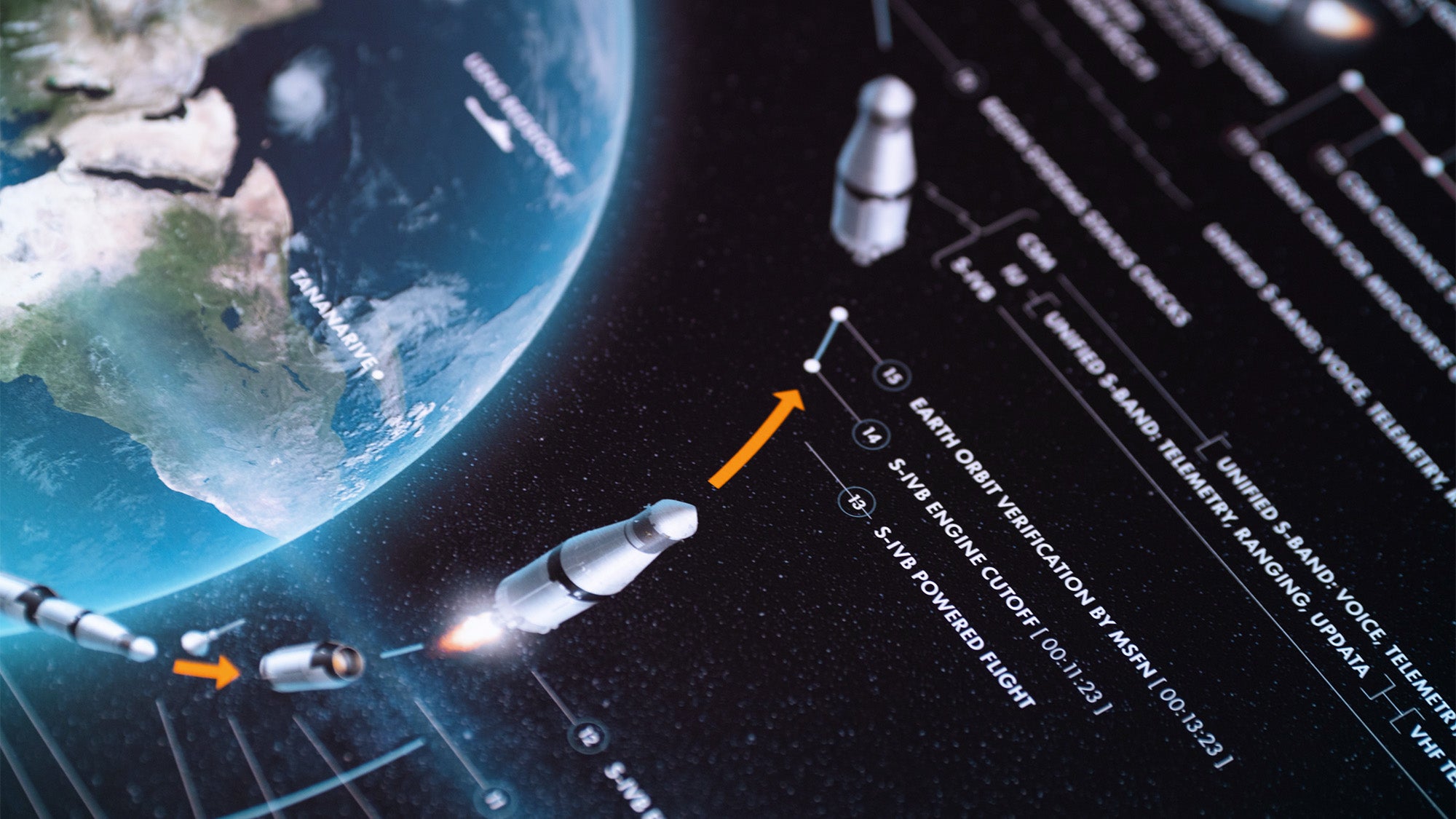
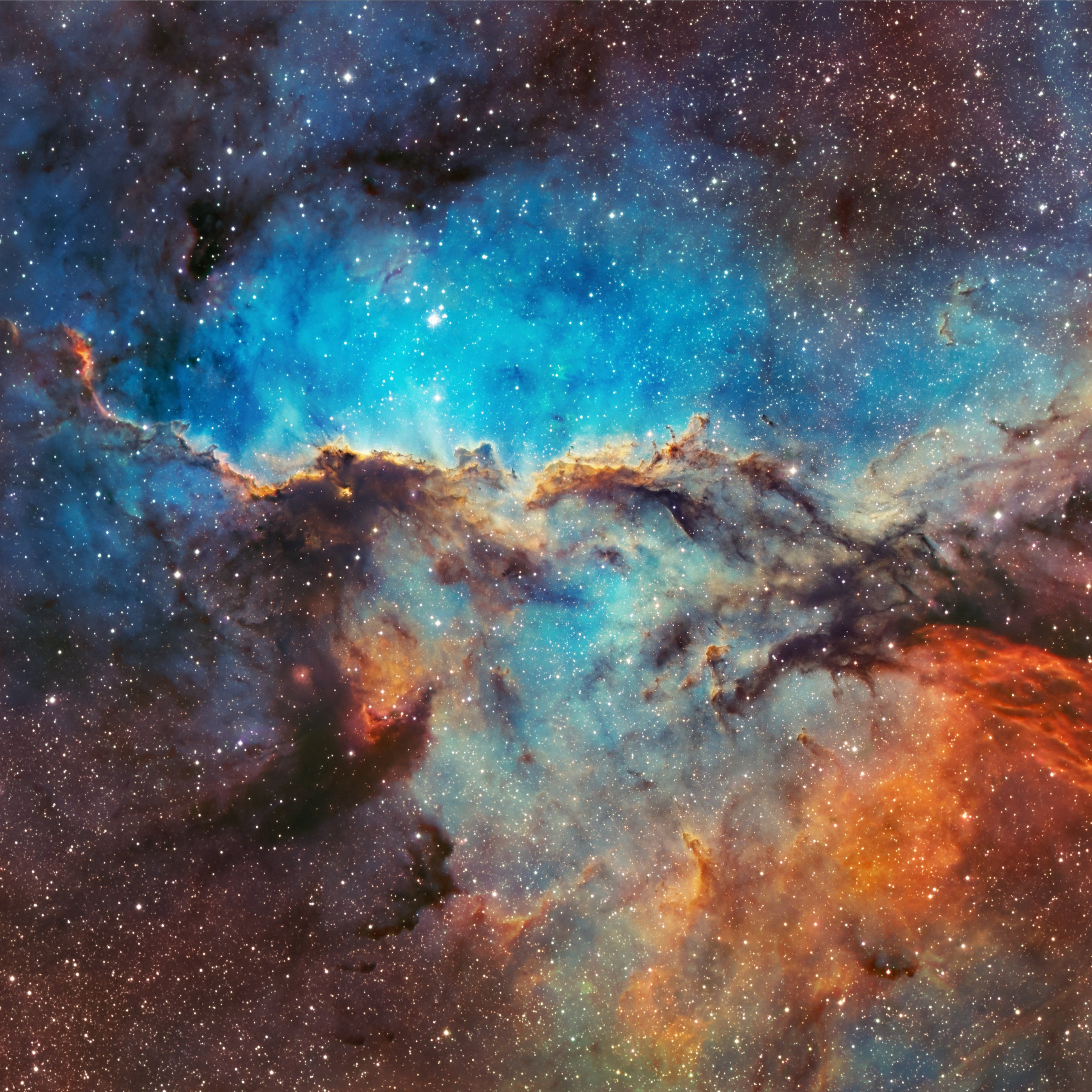
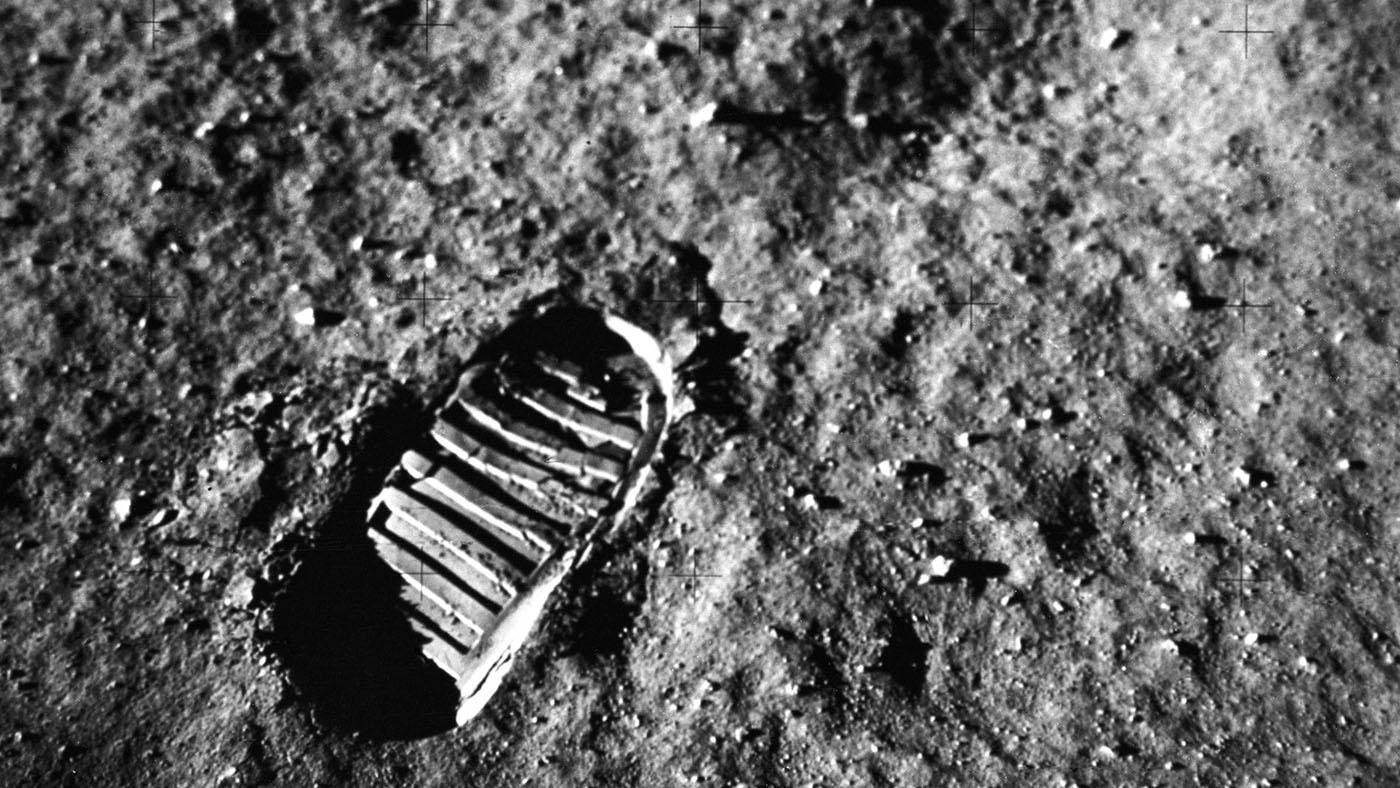
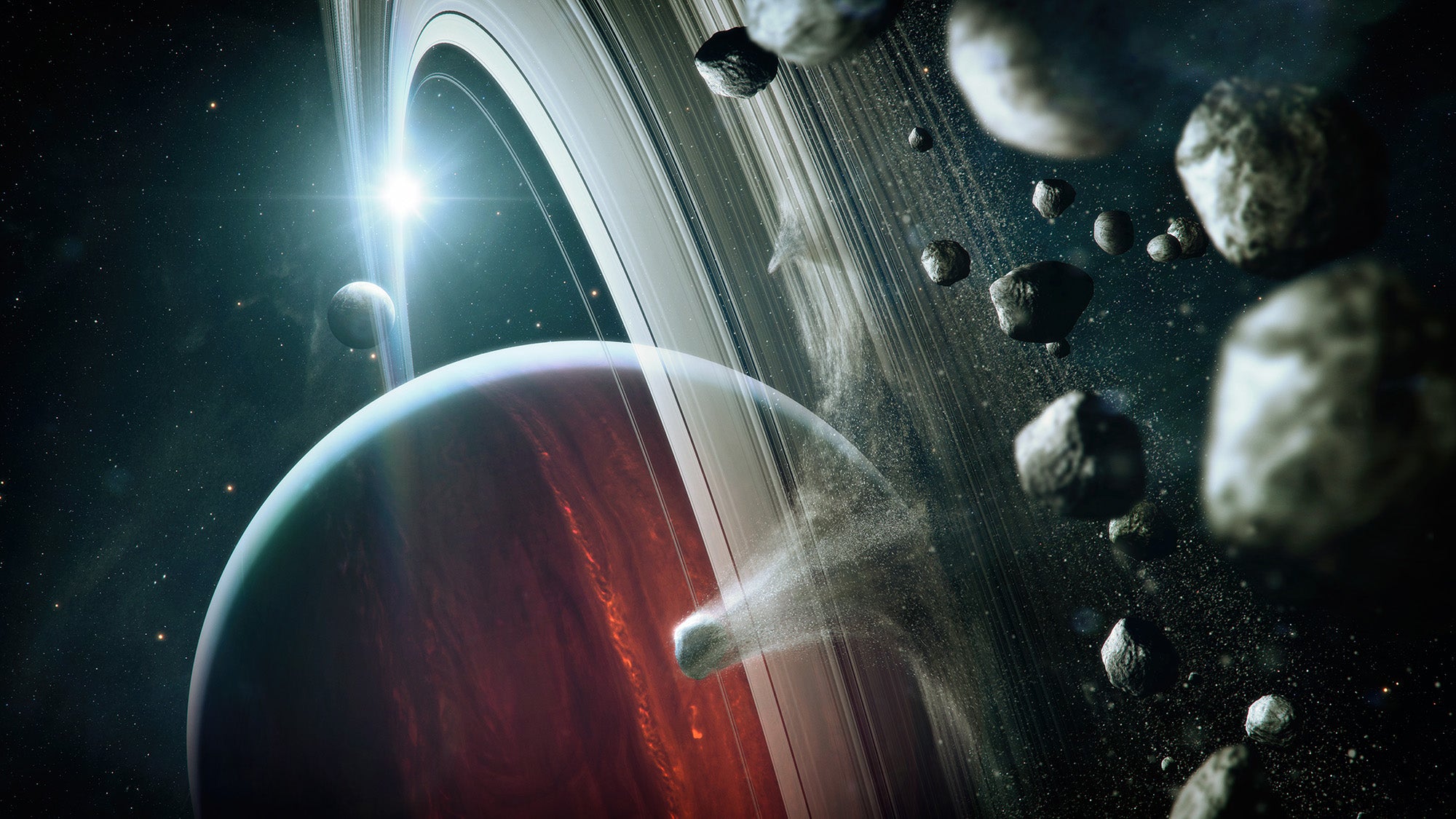
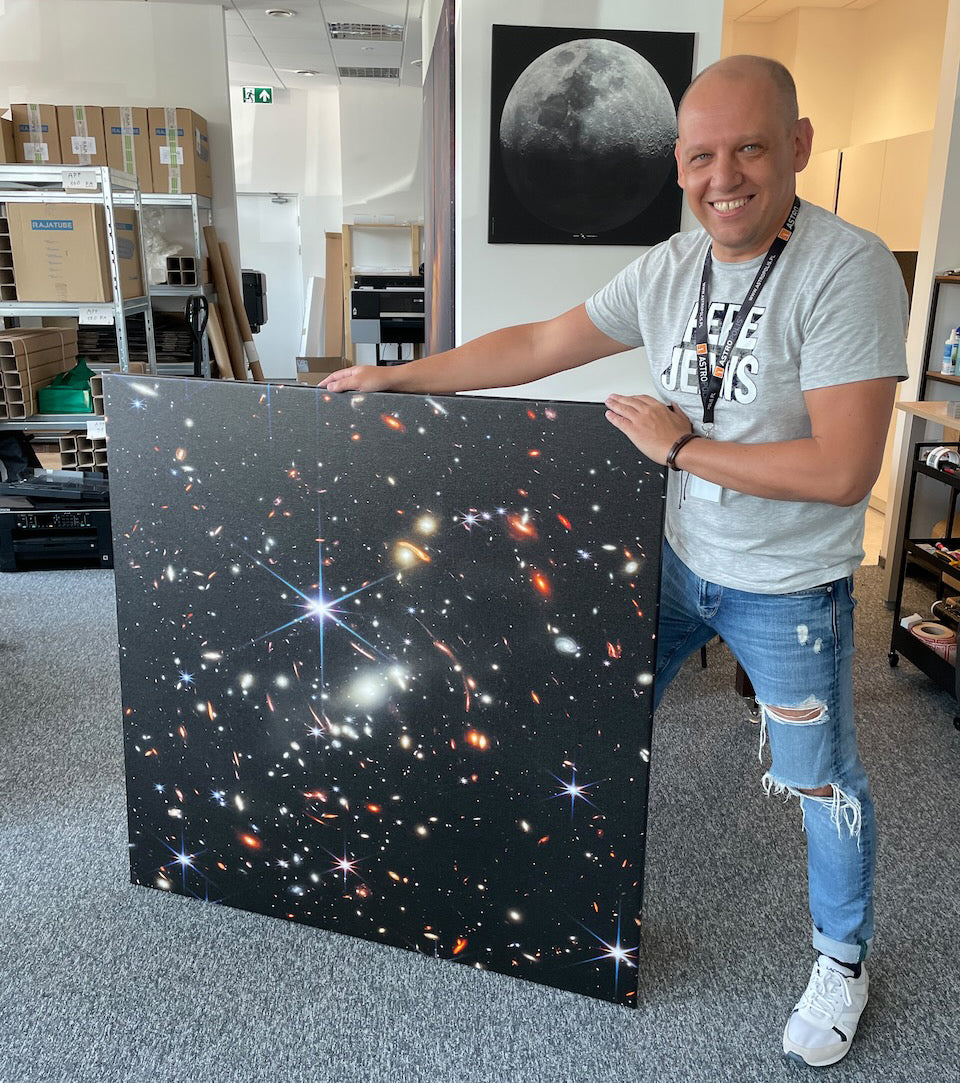
![4 Incredible Space Posters and Wall Art for Man’s Cave [Inspirations]](http://astrography.com/cdn/shop/articles/mans-cave-2-16x9-1_83814d94-574a-4782-a3a0-cf4e59620b81.webp?v=1763116144&width=1080)
